Leuven
This project reimagines Leuven’s R23 ring road as a green and inclusive urban space. Today, the ring is dominated by cars. The proposal aims to transform it into a place for people—open, connected and sustainable.
It responds to key challenges: climate change, mobility, urban pressure and inequality. The process is collaborative, involving local communities and institutions from the beginning.
The strategy has four goals. First, it turns the ring into a continuous park, linking hills, parks and waterways. Second, it creates welcoming spaces shaped by local lifestyles. Third, it blends infrastructure with nature, replacing barriers with green corridors. Fourth, it connects the design to Leuven’s history, using heritage and memory as part of the city’s identity.
A key element is the viaduct over the Vaart canal. One option keeps the structure and adds a panoramic viewpoint with green space below. The other removes it to open the area for pedestrians and public life. Both aim to reconnect the eastern and western sides of the ring.
The landscape strategy restores links with the Dijle valley. It uncovers waterways, revives historic gates and creates a green-blue corridor for biodiversity, rainwater and leisure.
The design also reflects the ring’s medieval origins. It highlights towers, paths and gates with clear and modern public space elements. This layered approach blends past and future.
The project is a shared journey. Through workshops and co-design sessions, each part of the ring is shaped with community input. The R23 will no longer divide the city—it will become a green spine that connects and strengthens Leuven.
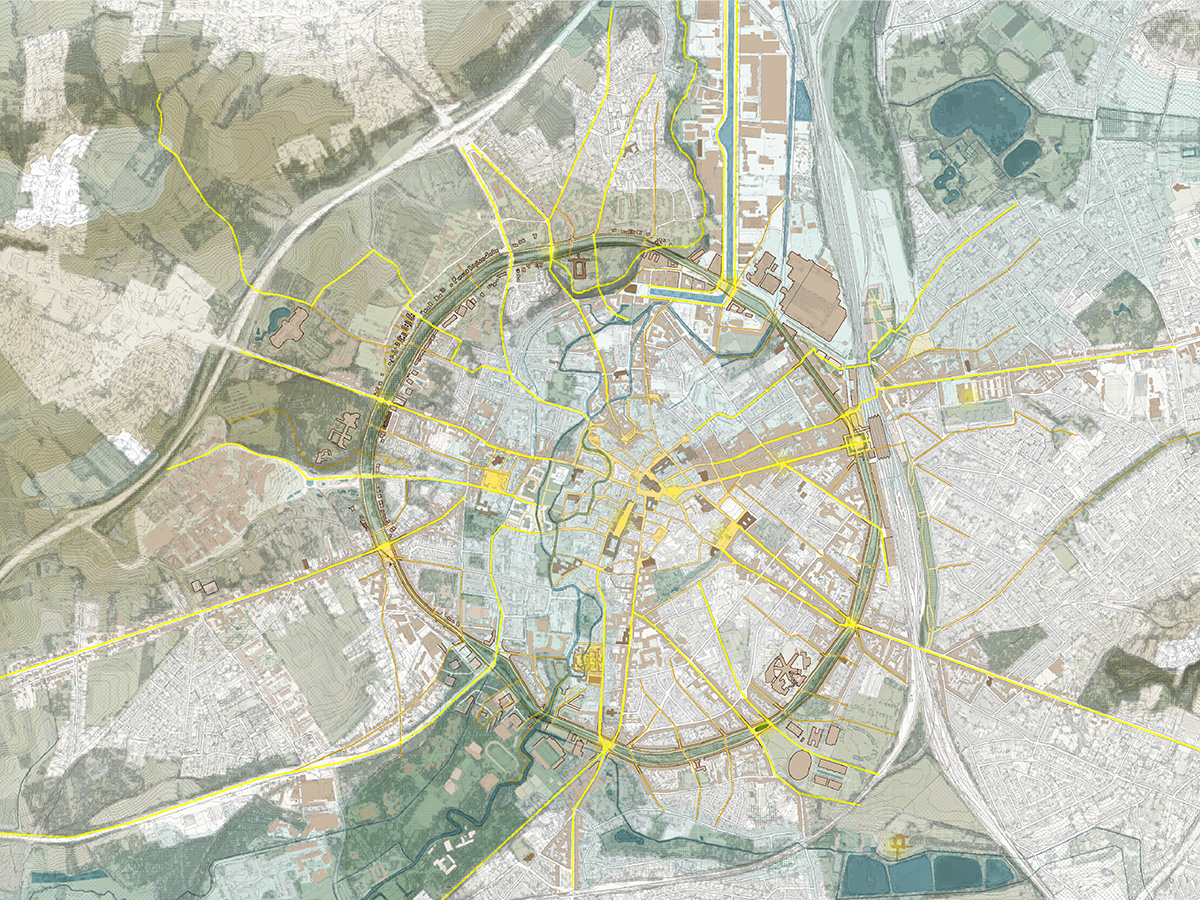

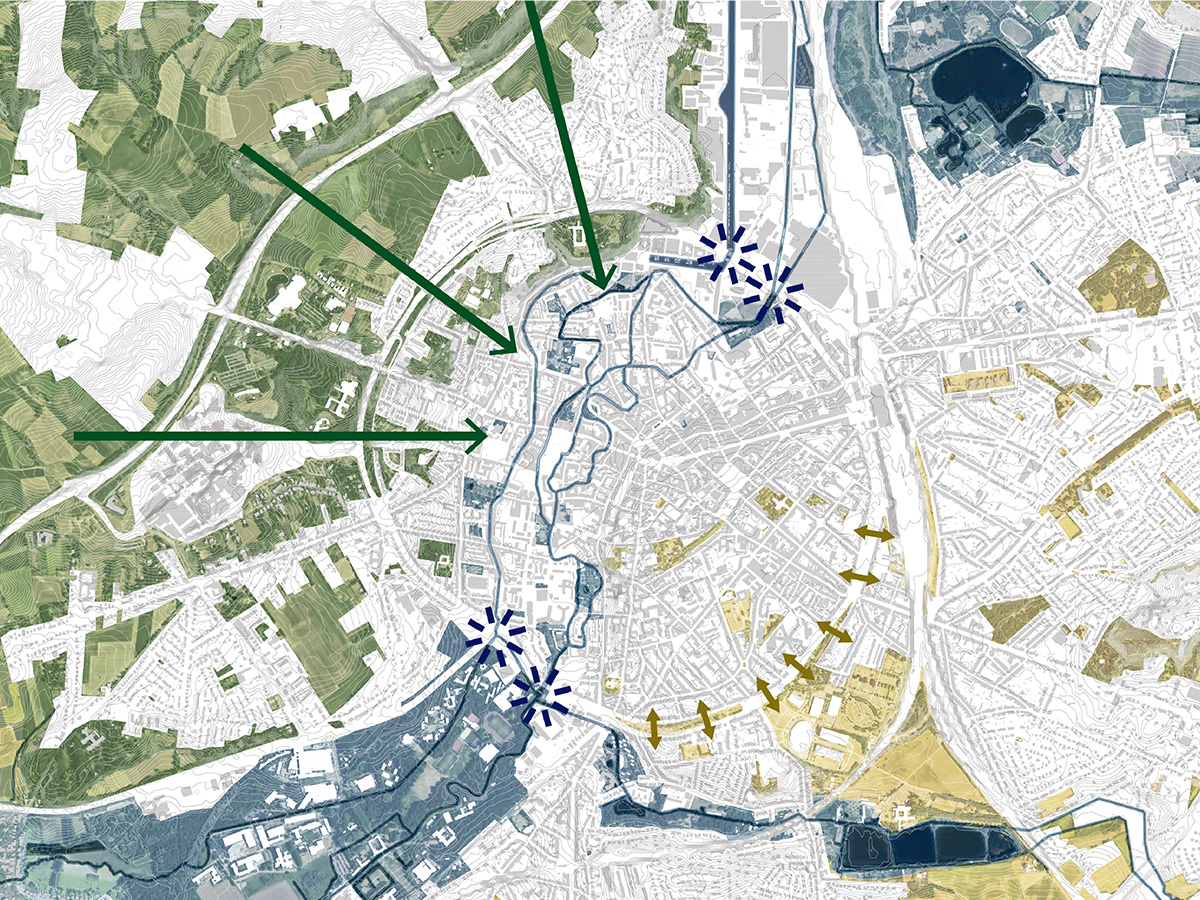
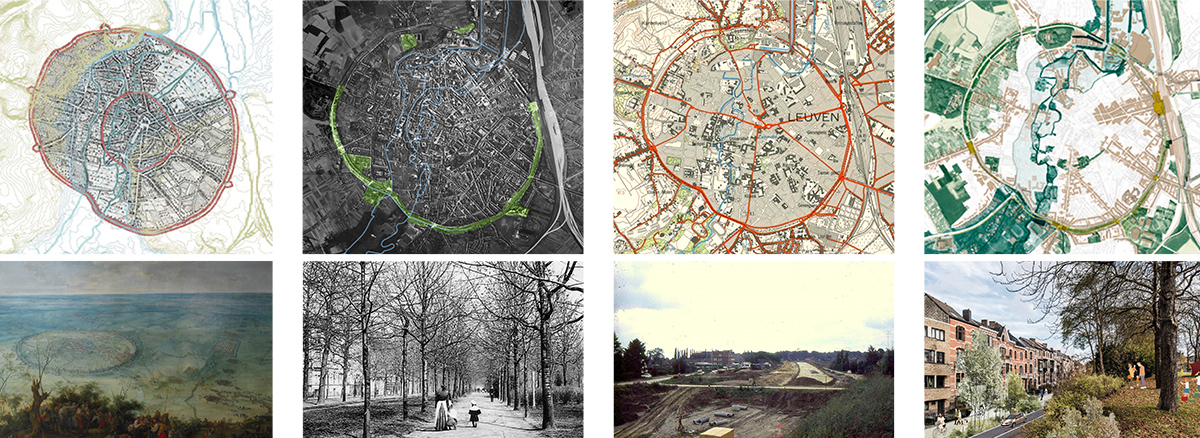






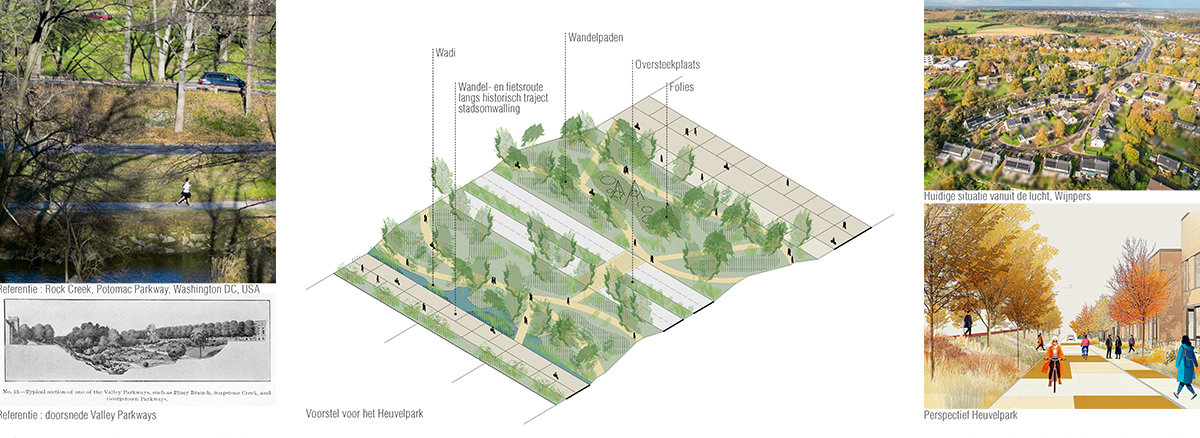
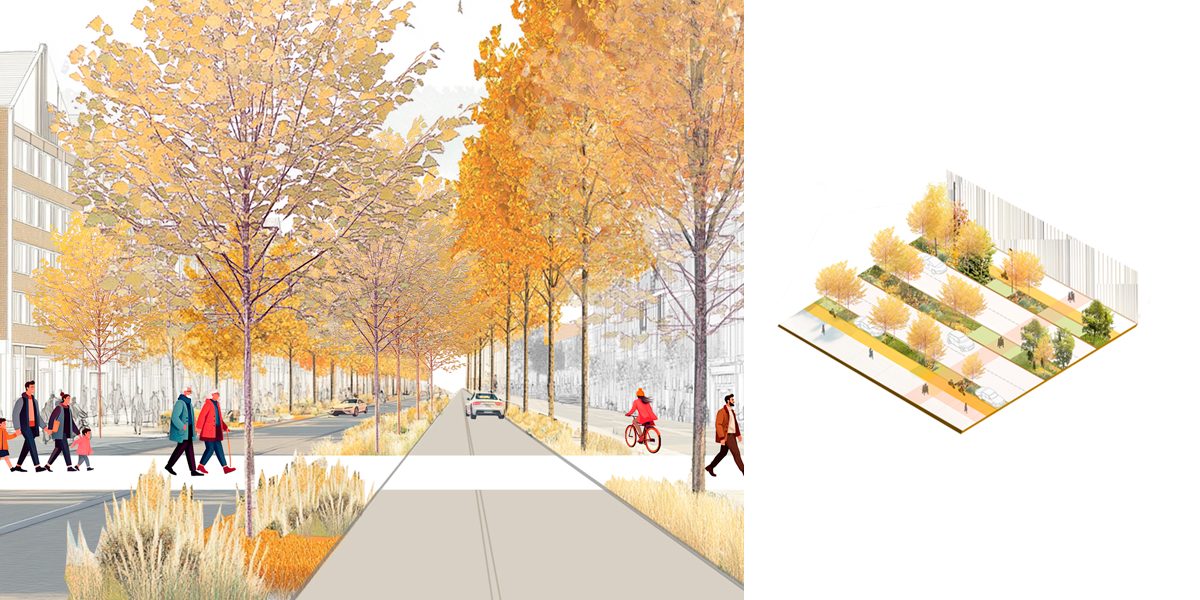

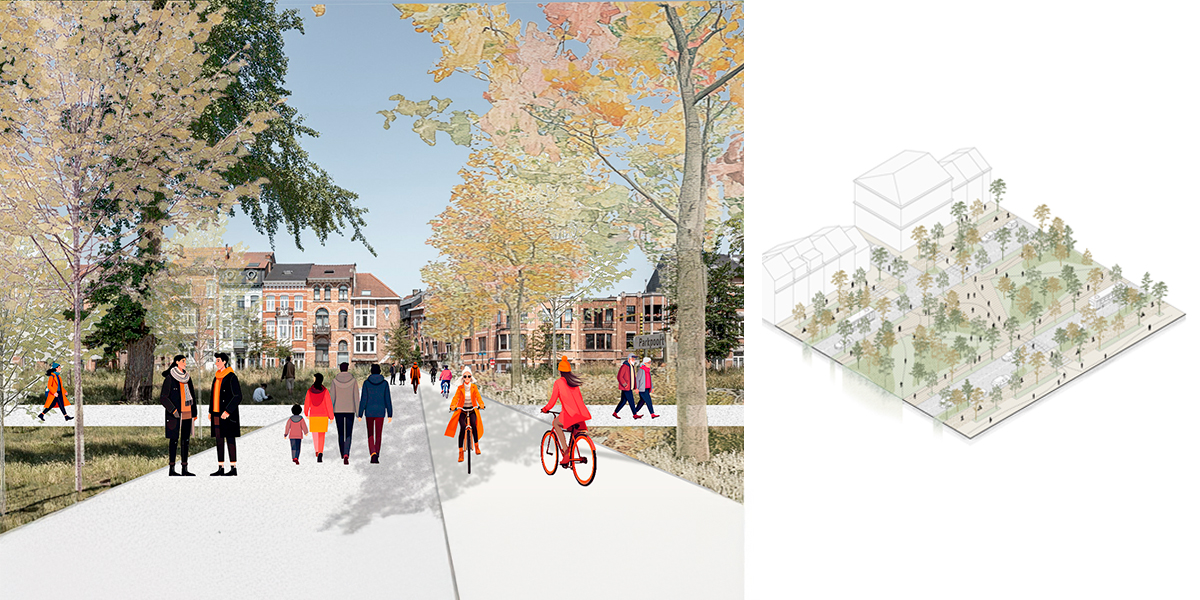
This project reimagines Leuven’s R23 ring road as a green and inclusive urban space. Today, the ring is dominated by cars. The proposal aims to transform it into a place for people—open, connected and sustainable.
It responds to key challenges: climate change, mobility, urban pressure and inequality. The process is collaborative, involving local communities and institutions from the beginning.
The strategy has four goals. First, it turns the ring into a continuous park, linking hills, parks and waterways. Second, it creates welcoming spaces shaped by local lifestyles. Third, it blends infrastructure with nature, replacing barriers with green corridors. Fourth, it connects the design to Leuven’s history, using heritage and memory as part of the city’s identity.
A key element is the viaduct over the Vaart canal. One option keeps the structure and adds a panoramic viewpoint with green space below. The other removes it to open the area for pedestrians and public life. Both aim to reconnect the eastern and western sides of the ring.
The landscape strategy restores links with the Dijle valley. It uncovers waterways, revives historic gates and creates a green-blue corridor for biodiversity, rainwater and leisure.
The design also reflects the ring’s medieval origins. It highlights towers, paths and gates with clear and modern public space elements. This layered approach blends past and future.
The project is a shared journey. Through workshops and co-design sessions, each part of the ring is shaped with community input. The R23 will no longer divide the city—it will become a green spine that connects and strengthens Leuven.